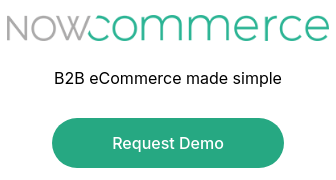The rise of cloud-based software, which is run on remote servers and typically requires a recurring subscription, has caused many people to wonder about its potential benefits. What could be better about this system than one in which software is bought once, or at most once every few years? It turns out that there are many differences between turnkey software in the cloud and on-premise software.
 Here are some of the ones that are bringing more and more people to the cloud:
Here are some of the ones that are bringing more and more people to the cloud:
1. Cloud-Based Software Solves the Problem of Obsolescence
With on-premise software, the base code remains static except for occasional updates. A few updates are typically free, but developers tend to charge for the new version when a major change is made. Sometimes, users are lucky enough to be offered a relatively cheaper "update" version, but this is not always true. The biggest downside is that even updated versions can have significant costs, especially when business or enterprise software is involved. If a licensee wants to avoid these costs, the only option is not to update. Company software then becomes obsolete, and eventually, it gets so far behind that it can't meet modern needs.
Cloud-based software, on the other hand, doesn't result in surprise charges when significant updates are released. Instead, all large and minor updates are included in the subscription fee. Also, there is often no need to make any special effort to get them. Accounts are automatically moved to the new version in a mostly seamless process.
2. Security Is Often Better for Cloud-Based Software
While there is no such thing as invincible security, you can often come much closer with cloud-based software. This is because cloud-based software companies have tougher standards.
On-premise software, on the other hand, is often running on systems that aren't as secure as they could be. The application of released patches may be spotty or, if the software has been allowed to become obsolete, completely nonexistent.
This isn't to say that cloud-based order management software users don't need to take any security precautions. You'll still need to devise secure passwords and find a good way to keep those passwords safe from unauthorized users. Even so, keeping information secure is much easier when most of the effort is being done on the software company's side.
3. Turnkey Software is Ready to Use Almost Instantly
On-premise software often takes quite a while to set up. It has to be installed, patched to the latest version, and, finally, configured. Turnkey cloud-based software, on the other hand, needs no installation or patching because it's already running on the software company's side. All you need to do is set up an account and designate the authorized users.
Since installation and initial patching are some of the most time-consuming aspects of starting new software, a turnkey option is a sure time-saver. Even better, there'll be no need to deal with confusing hardware requirements, setting root permissions, and other things that often require a trained tech to perform correctly.
With these benefits and more, it's no wonder more people are turning to cloud-based alternatives. The automatic updates, increased security, and nearly instant setup time are well worth it.
Contact Now Commerce to learn more about how turnkey order management software in the cloud can help your company.

